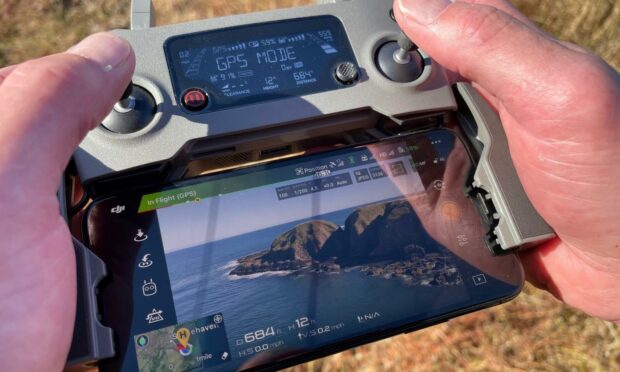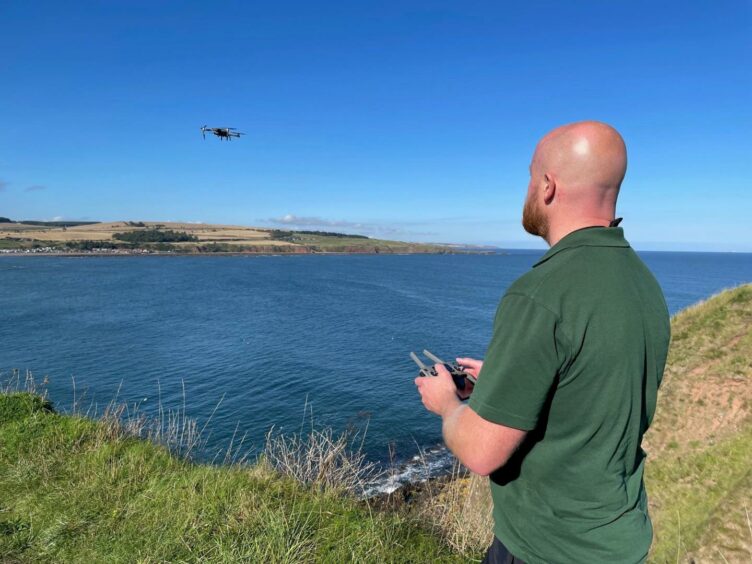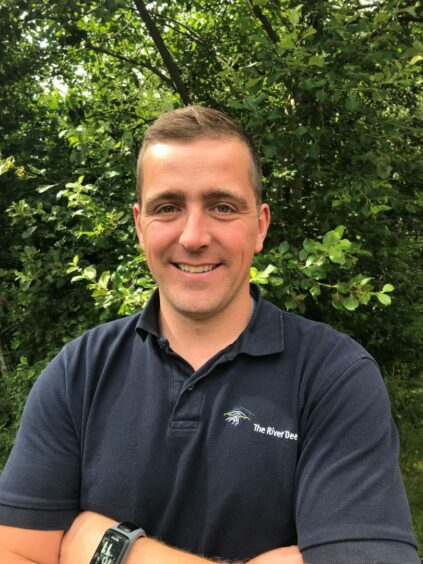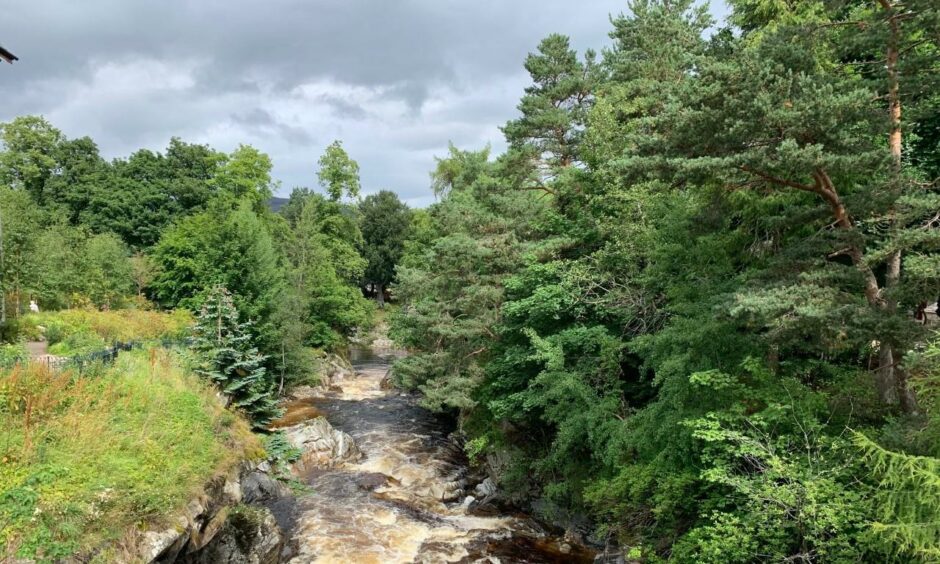Innovative technology is bringing a new solution to an old problem, as drones are being introduced to catch poachers and criminal gangs on the River Dee.
For years the river has been targeted by criminals removing fish illegally, and the issue ramped up over lockdown.
Now, the Dee District Salmon Fishery Board & River Dee Trust (DDSFB) are using drones in an effort to stop the plundering – and so far, it seems to be working.
Bringing technology to Scotland’s historic salmon fisheries
“Part of the board’s duty is to protect the stocks from ne’er-do-wells and poachers trying to remove fish,” said Jamie Urquhart, the fisheries protection manager at DDSFB.
“There are also threats from organised criminal gangs who come and net the river. We have known family gangs who travel around all the rivers in Scotland removing fish with a gillnet.”
Criminals from across the country are thought to have taken advantage of the quiet of the pandemic to catch fish illegally.
A total of 53 incidents of poaching were recorded by the Dee District Salmon Fishery Board last year, more than twice the annual average – with four people charged.
But this may only be a fraction of the illegal activity taking place on the river.
Thanks to the difficult terrain, it’s extremely difficult to monitor. This is where the drones come in.
Catching poachers in the act
From the sky, drones can cover huge areas of land.
“Using the new tech we can identify locations where we know poaching instances are common,” Jamie said.
“Or we can use them if approaching any suspicious characters may put our staff at risk, as we can put the drone up, have a scan of the area and decide whether we need to deploy more resources.”
This summer is the first time the drones have been used in this way and despite not catching any poachers in the act just yet, their presence seems to be having an impact.
“It appears to be working as an effective deterrent, especially in known hotspot areas like around Stonehaven or the Feugh,” he said.
“It’s really helped to diminish the number of policing incidents, particularly on the Feugh, that we typically see at this time of year.”
Why does poaching need to be so closely monitored?
The River Dee brings in around £15m of revenue to the local economy every year, meaning that significant amounts of poaching can be detrimental to not only the health of the river, but to the local economy.
“Poaching not only damages the fish stocks but also the reputation of the river,” Jamie said.
“People come from all over the globe to come and fish the Dee, paying hundreds of pounds to do so and spending even more money in the local area.
“In addition to that, the stock of salmon in the Dee is a very special stock which is protected by a special area of conservation.”
He explains that for salmon stocks to be removed by individuals who don’t care about the river’s future is extremely worrying.
Particularly as salmon stocks across Scotland have been at crisis point for some time.
“The Dee has been a catch and release river for more than 15 years, and we need to do as much as we can to protect it,” Jamie said.
What else can drones do?
Elsewhere in Scotland drones are being used on important angling rivers for other reasons.
On the River Spey drones are mostly employed to tackle invasive species like giant hogweed and Himalayan balsam which are taking over river banks.
“We’ve had our drone for a number of years and it’s proven very useful in doing river survey work,” said Roger Knight, director of the Spey Fishery Board.
“It’s excellent at allowing us to see places which are otherwise quite inaccessible, and invasive species do seem to love particularly hard-to-reach spots.”
He explains that they are doing more and more with their drone each year, including monitoring tree planting and creating videos for social media.
“People seem to like seeing our drone footage so we are trying to make more videos to show the public the work we do each day,” he said.



